Assume there's a circuit like this:
What I'm asking is if I can split the grounding points like this:
The reason I want to do it is just for simplicity sake. I don't have an excellent physics background, but the grounding points like these always confuse me when doing calculations. I know that the voltages on all three of these points is equal, although this kind of circuit may create some problems in real life scenarios, I believe it's just easier to read. Will this produce wrong answers for calculating currents and voltages?

